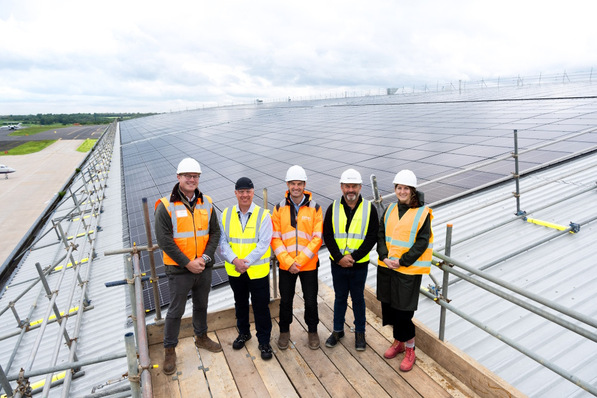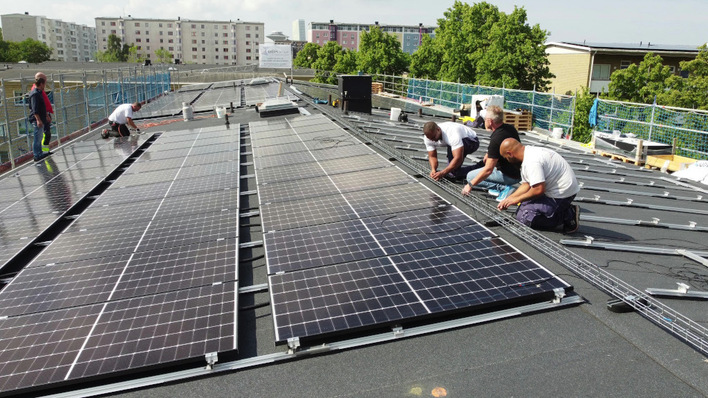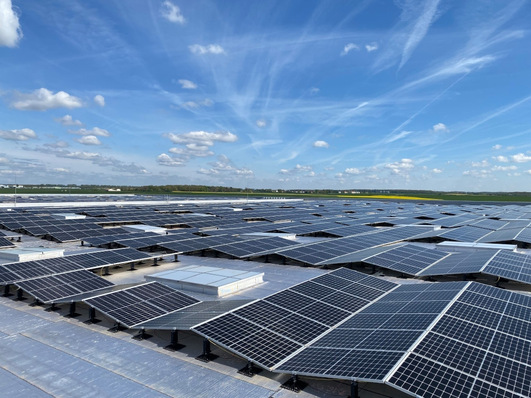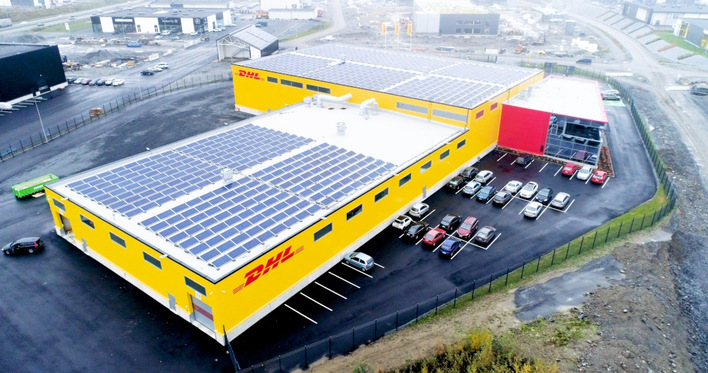The day before the annual PV conference at Kloster Banz in Bavarian Bad Staffelstein covers to a special topic of PV: building integration. This year gathered around 70 experts in BIPV, a small and undernourished niche of the PV markets. Main topic was the new European standard EN 50583 which was finished and published last Octobre. It contains regulations for BIPV modules and BIPV systems.
In the recent standard five installations for BIPV are determined:
sloped, roof-integrated, not accessible from within the building,
sloped, roof-integrated, accessible from within the building,
non-sloped (vertically or horizontally), not accessible from within the building,
non-sloped (vertically or horizontally), accessible from within the building,
externally integrated, accessible or not from within the building.
Five years of preparatory work
It took five years to finish the new standard. It focusses mainly on mechanical features, because electrical features and test procedures are already stated in elder standards like IEC 61215, 61646, 61730 and others.
A problem for instance is the snow load of 5.400 Pascal. In the common test the pressure acts vertically on a horizontal solar module. In the reality the snow slides from as sloped roof and all the snow pressure acts against the lower frame. The frame bends and may be supersede from the glass of the module.
German “Sonderwege” are not allowed any more
Very explosive was a judgement of the European Court published in autumn 2014. The judges had told that additional test procedures and requirements concerning products for the building industry in Germany are not consistent with European Law and standardization. In order to maintain a free European market all test regulations are to be published in European standards and norms. „At the moment there is a big chaos, at least in Germany“, a speaker at the BIPV forum brought it to the point. “The German rules are nonconformist with EU law, the European standards are valid without exclusions.” (Heiko Schwarzburger)







